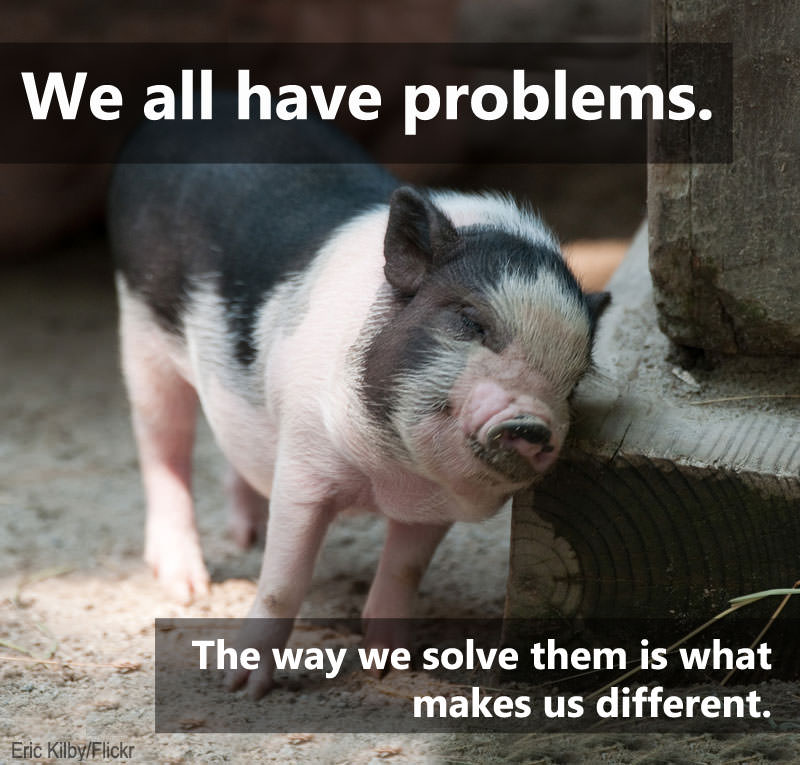

Courtesy Eric Kilby/Flickr
Have you ever sat down and listened to a child? Their minds work in such interesting ways. I was recently chatting with my co-worker’s 5-year-old, who recently saw a mouse in his house, running across the bathroom floor and down into a vent. He was telling me about how they set up traps to catch the rodent and remove it from the house. Then I overheard him telling his mother: “Mom, I have a great idea. What if we set up traps all around the vent? Then there’s no way we couldn’t catch it.”
Man, if only we all had this sort of ingenuity. Children’s problem-solving skills know no limits. They will keep pondering a situation, working it around their brains, until they figure out the best possible outcome. They aren’t ashamed of their ideas, and if one doesn’t work, they’re willing to try something new.
At what point in our lives do we stop thinking outside the box? Why is it that we’re told that our “solutions” to problems are inappropriate or unachievable? We’re doing ourselves and our colleagues a disservice by telling people that their ideas are sub-par and that only a certain line of thinking will make them successful in life.
I love the above quote because it is so true. We all indeed have problems. We have life problems and work problems and family problems and farm problems. We have problems with mice in the house (or coop) and bugs in the garden and coyotes stalking our sheep. There’s no use in complaining about them because they’ll always exist (and who wants to be the constant Debbie Downer). What we need to do is work out solutions with child-like abandon.
I’ll be the first to admit, this is something I need practice in. As I’ve matured, I’ve become less prone to taking risks. I like to do things already tested by experts and published in a book—these no-fail solutions are totally worth my time; experimentation is not. (Gah! Why do I think like this?)
What we really need to do is listen to our intuition and to what our land is telling us and perhaps to what a higher being is saying (if that’s your way), and let the solutions come to us in that way. Sure books can help inform, but what better way to exercise your creativity and utilize the resources around you then to think for yourself? Most importantly, as we’re doing this, we need to encourage others in their problem-solving, even if they come at it in a different way.
For example, I’ve chosen to grow my garden without chemicals—even the “helpful” fertilizing chemicals that supposedly restore nutrient balance into the soil. Instead, I’ve taken to letting weeds grow—not to the point of overtaking my crops, but just enough to fix nutrients or cleanse the soil of impurities. I have lamb’s quarters, dandelions and purslane growing among my tomatoes, cucumbers and leeks. (And mind you, none of these crops are grown in straight lines—such is the way I garden!) While this garden of chaos might not be your cup of tea, I think it’s beautiful, and this year, I’ve had fewer pest and disease problems than ever before. Funny, huh?
What problems are you facing on your farm this season, and what are you doing to try to solve them? I’d like to encourage you in your work. You’re smart and resourceful, and you’re feeding people—that, to me, is a winning combination.




